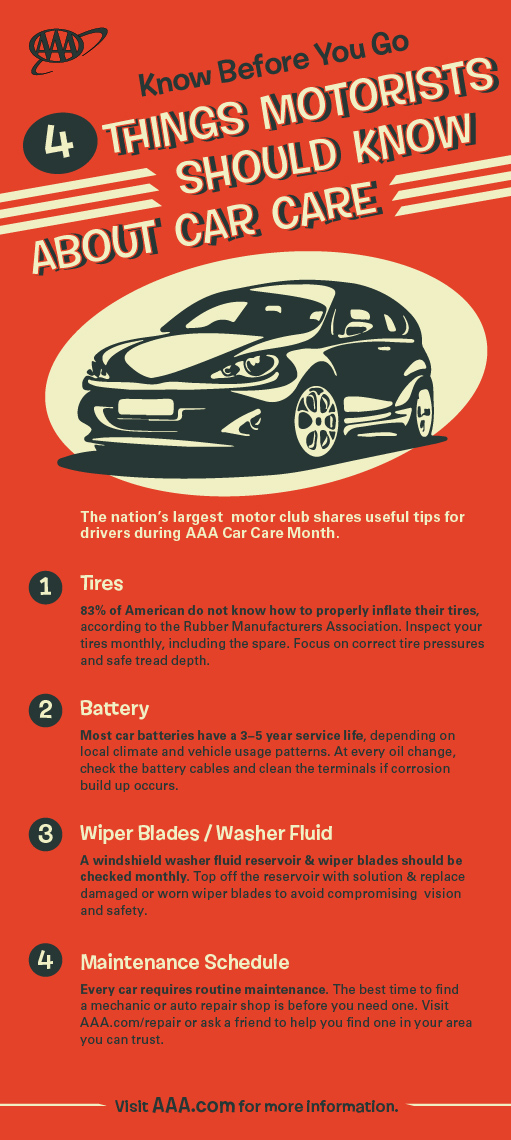Curious Regarding Those Control Panel Warning Lights In Your Car? Learn What They Indicate For Your Lorry'S Health And Safety
Curious Regarding Those Control Panel Warning Lights In Your Car? Learn What They Indicate For Your Lorry'S Health And Safety
Blog Article
Content Written By-Termansen Corbett
When you lag the wheel, those radiant warning lights on your dashboard can be a little bit bewildering. Do you understand what they're attempting to tell you regarding your vehicle's health? Understanding the relevance of these lights is crucial for your security and the durability of your car. So, the next time among those lights pops up, would not you want to analyze its message accurately and take the needed steps to resolve it?
Common Warning Lighting and Interpretations
Identify common caution lights in your vehicle and recognize their definitions to ensure safe driving.
The most normal warning lights consist of the check engine light, which signifies issues with the engine or exhausts system. If this light begins, it's critical to have your lorry checked promptly.
The oil stress warning light suggests low oil stress, calling for instant attention to stop engine damage.
A blinking battery light might suggest a damaged billing system, possibly leaving you stranded otherwise resolved.
The tire stress surveillance system (TPMS) light signals you to reduced tire pressure, affecting car stability and gas efficiency. Disregarding this could cause unsafe driving problems.
The ABS light indicates an issue with the anti-lock braking system, jeopardizing your ability to stop rapidly in emergencies.
Lastly, the coolant temperature cautioning light warns of engine getting too hot, which can result in severe damage if not dealt with swiftly.
Comprehending visit here will help you deal with concerns without delay and keep secure driving problems.
Relevance of Prompt Interest
Understanding the common caution lights in your auto is just the primary step; the relevance of without delay attending to these warnings can not be highlighted sufficient to ensure your safety when driving.
When a caution light brightens on your control panel, it's your automobile's way of communicating a prospective problem that requires interest. Overlooking these cautions can bring about much more severe issues down the road, endangering your security and potentially costing you much more out of commission.
Motivate attention to alerting lights can prevent break downs and crashes. For instance, a flashing check engine light can show a misfire that, if left ignored, can trigger damage to the catalytic converter. Resolving this promptly can conserve you from a costly repair work.
Likewise, a brake system alerting light could signal reduced brake liquid or used brake pads, crucial parts for your safety and security when driving.
Do It Yourself Troubleshooting Tips
If you observe a caution light on your dashboard, there are a few do it yourself troubleshooting tips you can attempt prior to looking for expert assistance.
The primary step is to consult your vehicle's handbook to recognize what the particular warning light indicates. Sometimes the concern can be as easy as a loose gas cap causing the check engine light. Tightening the gas cap may fix the trouble.
An additional typical issue is a reduced battery, which can set off various warning lights. Inspecting the battery links for rust and guaranteeing they're safe and secure may repair the problem.
If a caution light persists, you can try resetting it by disconnecting the vehicle's battery for a couple of minutes and then reconnecting it. Additionally, examining a knockout post , such as oil, coolant, and brake fluid, can aid fix alerting lights associated with these systems.
Final thought
In conclusion, understanding your cars and truck's caution lights is essential for maintaining your car running smoothly and safely. By promptly dealing with these signals and recognizing what they imply, you can prevent expensive repairs and potential malfunctions.
Keep in mind to consult your vehicle's handbook for particular information on each advising light and act accordingly to make sure a trouble-free driving experience.
Keep notified, stay risk-free on the road!
